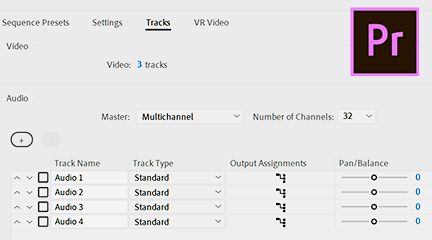

His version of HAPQ Slow is only slightly below HAPR imho and it looks nearly as good (much better than FFPMEG and After Codec's HAPQ). If you have the dough, this is the path I recommend. Named HAPR, it is a much better looking encode. I bought the stand alone version and have to admit that it does an incredible job encoding and introduces next level HAP that we so desperately need. Once the settings panel is open, select the AfterCodecs. In the Render Queue tab, click on the button shown on the right to bring up your Output Module settings. The stand alone costs more but seems to be more efficient than using AME. Launch After Effects again and add your composition to the After Effects Render Queue. You can buy their codecs so you can render using AE/PR/AME or you can buy his stand alone. And it's locked to a computer which is incredibly annoying if you're moving from machine to machine a lot. There's a new third party encoder that I've been using that I like by this dude Jokyo based in France. I have not tested After Codecs for QC recently, but am willing to bet it has similar banding issues (regardless of Hap or HapQ preference) Faster to encode as some other intermediary first. It's pretty good! But I do not recommend rendering directly from sequence(s) to HAP.


You can still encode directly to HAP in AE/AME/PR by using "After Codecs" – this is a paid plugin from Aescripts.

That said: HAP's encoding can be pretty rough on gradients and causes some gnarly banding. There's a learning curve attached to this process, but just write down what you learn so you don't forget :). The impact of an empty area on file size is small, but it will increase the resources needed to play your footage. Try to crop your render to match your content (and avoid big empty areas). Export from AE/PR whatever is a lightly compressed or uncompressed codec before sending to FFMPEG. If you use HAP/A codec, use Slow quality preset if you have small gradient, otherwise Normal quality. – For encoding matte part or wholly grey, use “HAP Alpha Only” if the playout software support it.You can transcode HAP via FFMPEG – this is probably the fastest HAP renderer. you can still apply this effect to your camera to remove some background. – For Motion design and real picture, the HAPQ codec gives the best quality and very fast encoding. There is 5 official flavours for the HAP codec (HAP, HAP Alpha, HAP Q, HAP Q. – For real picture content, if you use HAP/A codec, Normal quality is a good choice. – Try to crop your render to match your content (and avoid big empty areas). – If you use HAP/A codec, use Slow quality preset if you have small gradient, otherwise Normal quality. – Use banding reduction in your after effect composition. – Avoid the use of non multiples of 4 pixel resolution (some media server / Gpu don’t work well with non multiples of 4 resolution). – If you need alpha encoding use HAPA or HAPQA


 0 kommentar(er)
0 kommentar(er)
